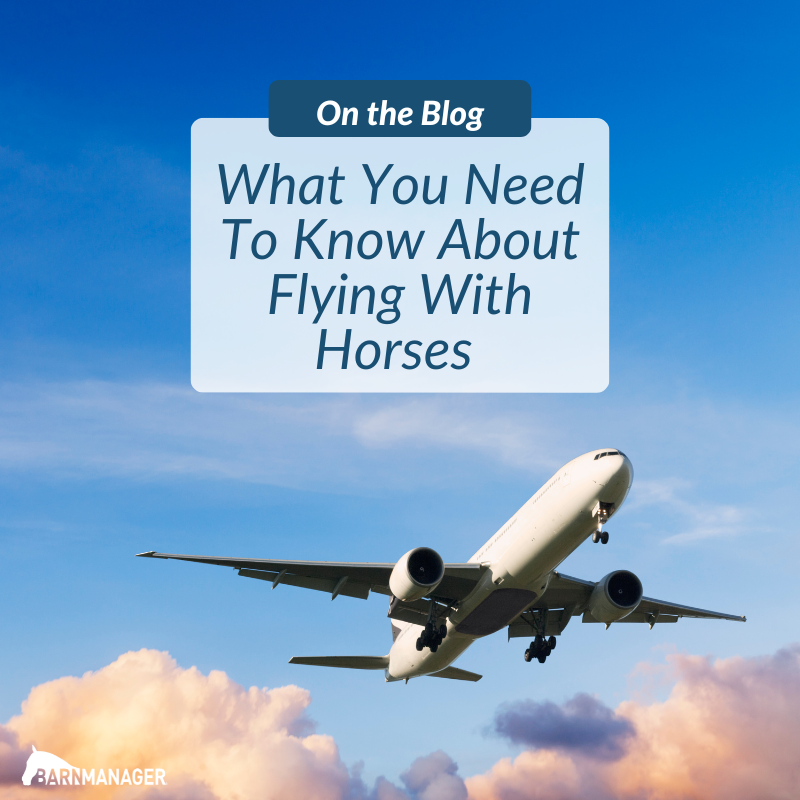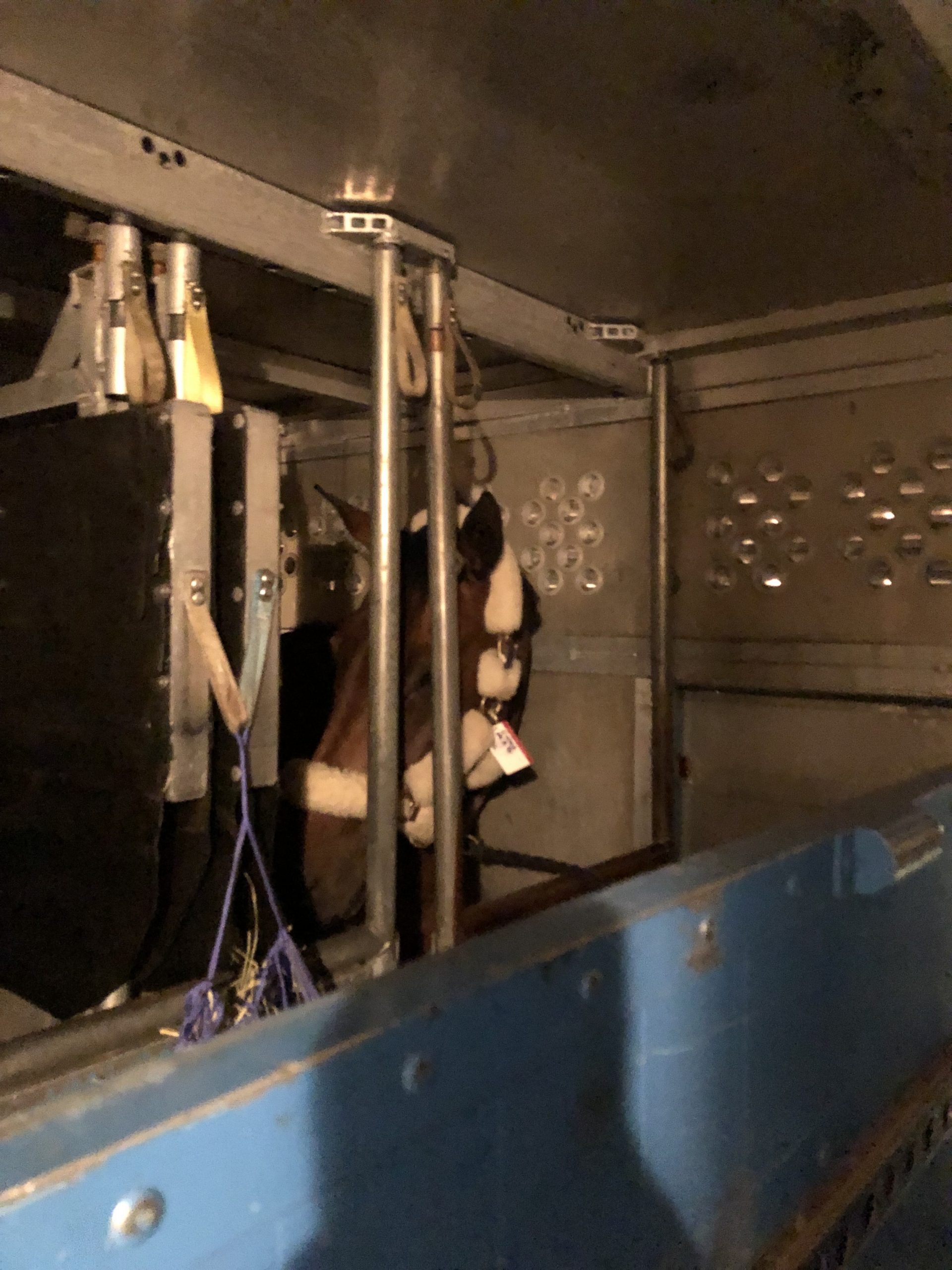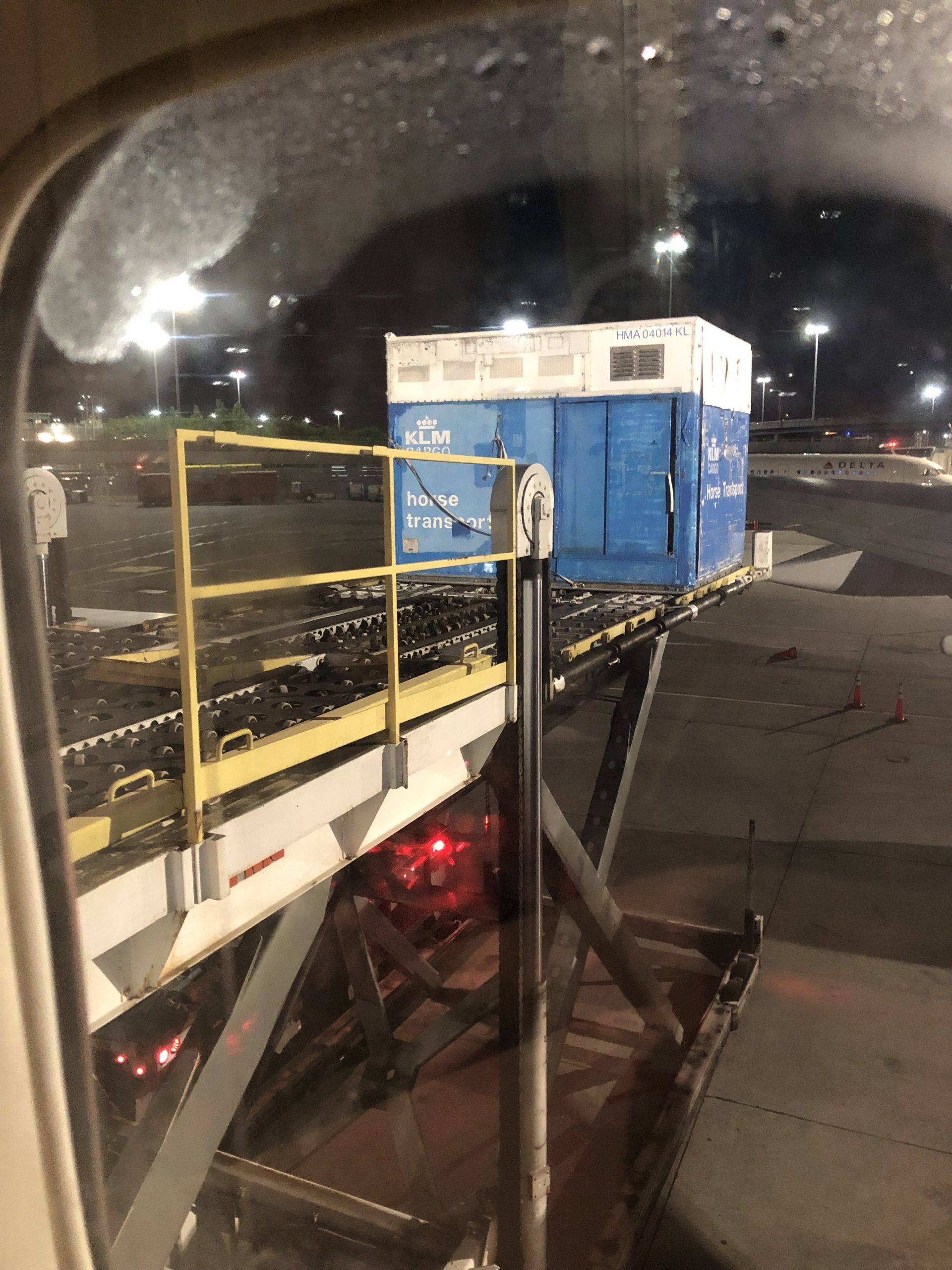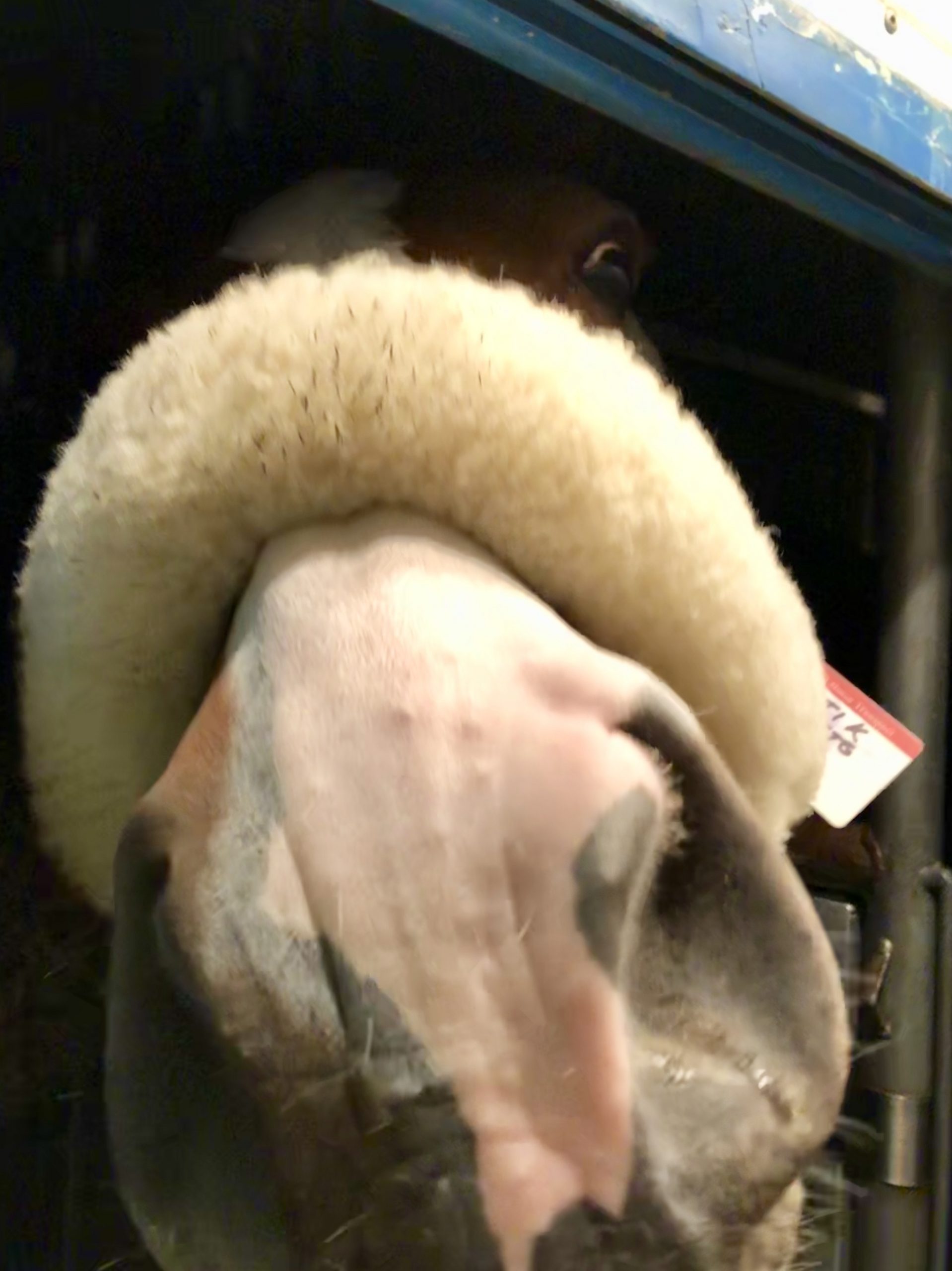A successful warm-up is the key to a winning performance in the competition ring no matter what discipline. At the international level in a Fédération Equestre Internationale (FEI) show, there are particularities to be aware of when warming up. Being mindful of the specifics will ensure your warm-up goes smoothly and according to plan. For more information about regulations in the FEI stabling area, read part one of BarnManager’s What to Know at an FEI Show blog here.
10-Minute Area
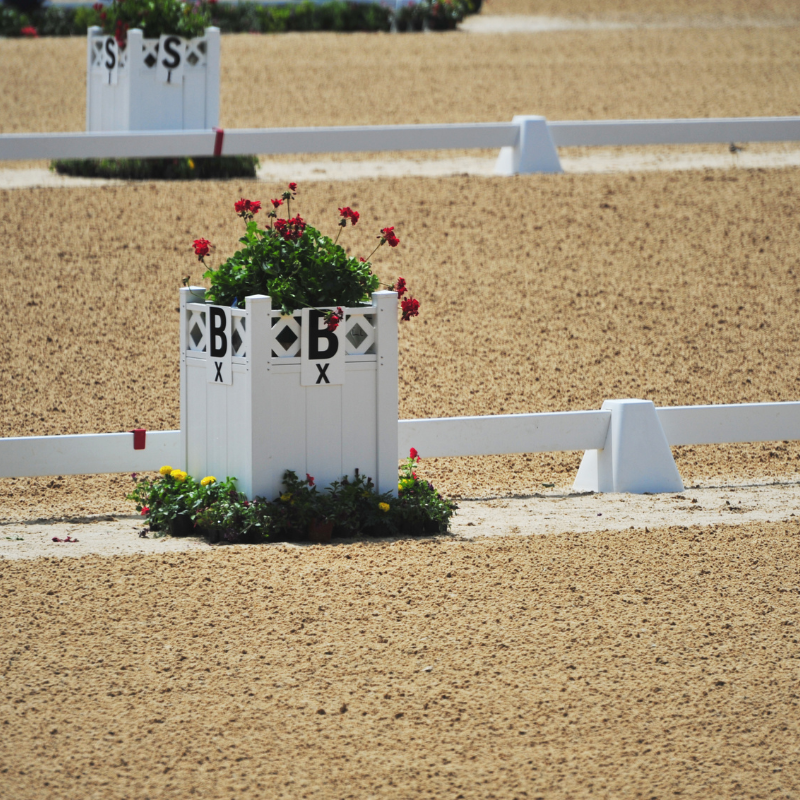
For international dressage competitions, there is a 10-minute area, which is a designated space in the larger warm-up ring. This area serves as the last practice ring before entering the competition arena. Though riders are not required to use this space, there is only one athlete permitted in the 10-minute area at a time. This allows the next competing rider space to prepare any movements without the interference of other horses.
Order of Go
Since there is a set order of go, warm-up obstacles for cross-country and jumping are made available according to that list. If there are four warm-up jumps available, the next four riders to compete will be using those obstacles. When you are with the fifth horse in the order, you should plan to use the jump that the first horse is using once they are finished. An FEI steward in the warm-up area can help you if you are unsure of the order.
Jump Setting
The FEI stewards monitor show jumping and cross-country warm-ups. They ensure that all jumps being set are compliant with FEI rules. In all cases, obstacles being jumped must be marked with a white flag and a red flag. The red flag represents the right side of the obstacle, while the white flag represents the left side. The jump must be approached in the direction the flags indicate. If a rider wishes to approach the obstacle in the opposite direction, the flags must be changed with approval from the Chief FEI Steward.
In cross-country, the show’s organizers must provide jumps that can be knocked down as well as fixed obstacles to use to warm-up. Keep in mind that for the obstacles that can be knocked down, there are guidelines for how the poles must be used depending on the height and style of the jump.

Photo by Jump Media
Use of Extra Jumping Material and a Liverpool
In any FEI warm-up, you cannot cover the warm-up obstacles with extra materials like a scrim sheet, cooler, or towel. You also cannot bring any additional jumping materials to the warm-up. The show’s organizers must provide at least one liverpool that can be used if the athlete chooses.
If you are setting jumps for the warm-up and your rider would like to use the liverpool, be sure to keep an eye on it in the warm-up area. Typically, there are only one or two liverpools that are shared between all the riders. You’ll have to see when someone is finished using it before being able to use it yourself. Keep in mind other riders are warming up too. It’s also important to remember to pay attention to the other horses when you pass the warm-up fences. This is especially necessary when you are carrying a larger, spookier object like a liverpool.
Pre-Competition Boot Check
Both international eventing cross-country and show jumping competitions have pre-competition boot checks. Previously, riders could ask an FEI steward to conduct the boot check in the middle of the warm-up ring during their warm-up. Now, for safety reasons, the FEI steward(s) who are conducting the pre-competition boot check are located just outside the warm-up area or in a corner of the arena off to the side. Riders can still pause their warm-up routine to complete the boot check. However, it is important to note that doing so requires a little more planning since the horse likely needs to leave the ring to be checked before returning to finish their warm-up and head into the competition arena.
The FEI stewards conducting the boot check use walkie-talkies to communicate with the other FEI stewards in and around the warm-up. They keep track of everyone who completes the boot check by referencing the horse’s competition number. The competition number should be clearly displayed on the horse. It is helpful to also say the number aloud to the steward. In addition to checking all leg and footwear on the horse, the FEI steward will physically examine the competition hind boots to confirm they are compliant with the rules. They then will observe the groom or rider put the competition hind boots on the horse and fasten them to be sure this has been done correctly. Once the boot check has been completed, the boots cannot be changed or adjusted in any way without the supervision of an FEI steward.
Remember that every horse must complete the boot check. It is possible for multiple riders to want their horses checked at the same time. The boot check typically only lasts a few minutes. The FEI steward will try to prioritize horses depending on the order of go. Even still, having a plan for when you will complete your boot check is essential for a smooth, unrushed warm-up.
Special Cases
Some horses get nervous with a lot of horse traffic. If there is an additional warm-up area besides the one being generally used, the rider can ask an FEI steward for permission to use the other arena. An FEI steward must be available to monitor that warm-up area in order to make the request possible. A rider can also ask to go first in the class for a quieter warm-up experience for the horse. Any concessions made will be on a case-by-case basis and up to the Chief FEI Steward. What might be possible one time, might not be another.
Keeping track of the little nuances of the warm-up will help your competition preparation run smoothly. Make sure your whole team understands the plan and rules, so they are ready to execute their individual responsibilities. For more information about entering an FEI show, read BarnManager’s FEI Paperwork blogs with part one about horse passports here, part two regarding registrations and entries here, and part three pertaining to the check-in and jog here.
Have questions about utilizing BarnManager or want to give it a try for yourself? Request a live demo here!

